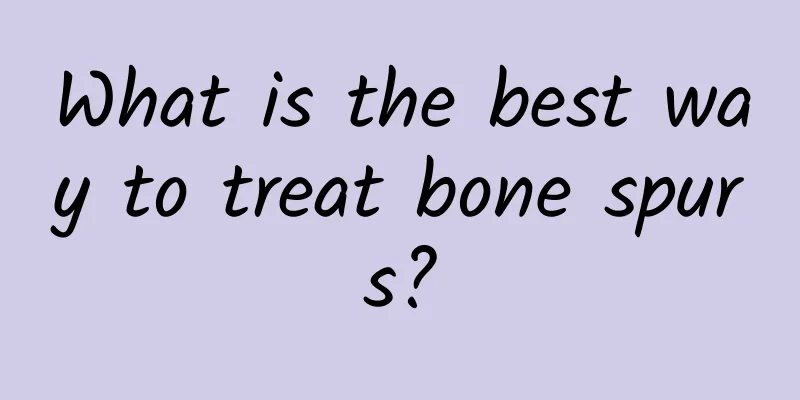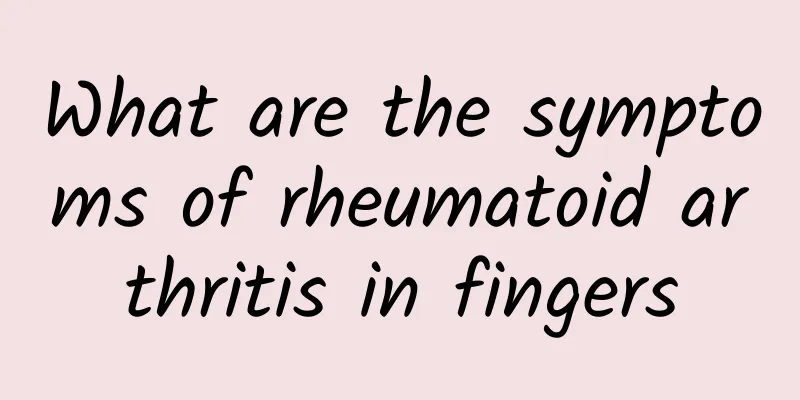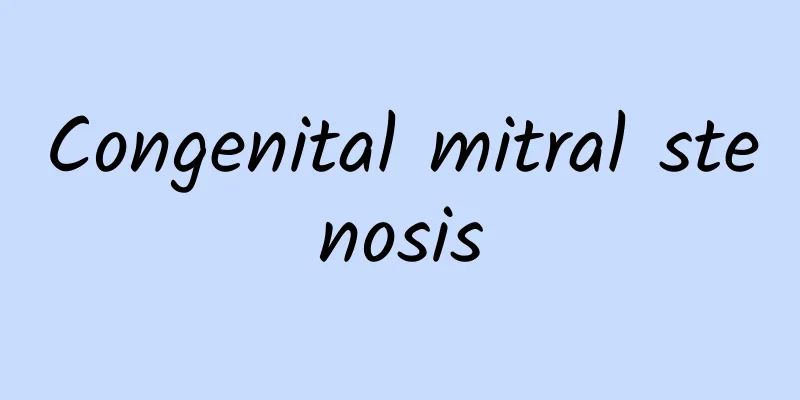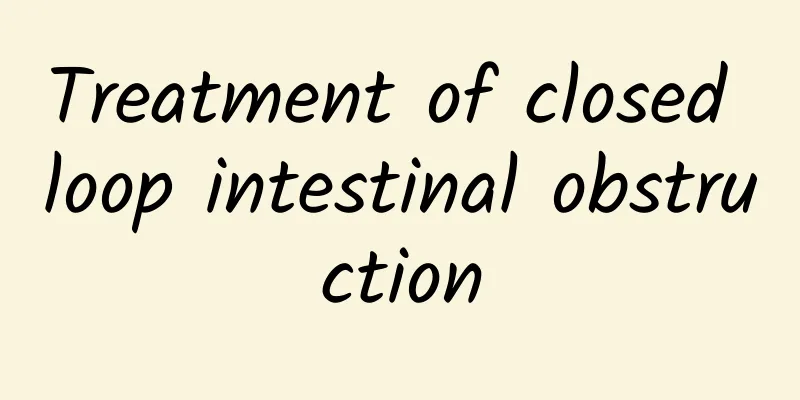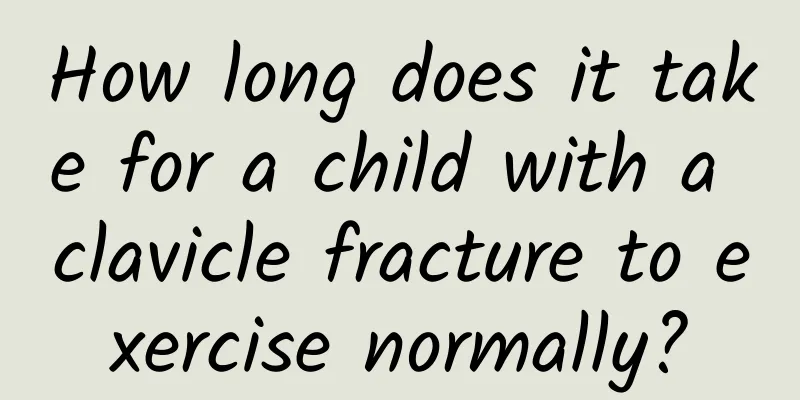How to treat gallstones?

|
Treatment for gallstones may include medication, surgery, and lifestyle changes. The treatment you choose depends on the size of the stone, the severity of your symptoms, and your overall health. 1. Drug treatment For gallstones that are asymptomatic or have mild symptoms, your doctor may recommend medication. Common medications include ursodeoxycholic acid, which can help dissolve cholesterol stones, but the course of treatment is long and usually takes months or even longer. Another medication is chenodeoxycholic acid, which is also used to dissolve cholesterol stones, but the effect varies from person to person. Nonsteroidal anti-inflammatory drugs such as ibuprofen can be used to relieve pain caused by biliary colic. 2. Surgical treatment When gallstones cause severe symptoms or complications, surgery is the first choice. Laparoscopic cholecystectomy is the most commonly used method, which removes the gallbladder through minimally invasive techniques, with quick recovery and less trauma. For patients who are not suitable for laparoscopic surgery, open cholecystectomy may be required. In some cases, such as common bile duct stones, endoscopic retrograde cholangiopancreatography (ERCP) may be needed to remove the stones. 3. Lifestyle Adjustment Diet and lifestyle are crucial in the prevention and management of gallstones. It is recommended to reduce the intake of high-fat, high-cholesterol foods such as fried foods, cream, and animal offal. Increasing fiber-rich foods such as whole grains, vegetables, and fruits can help lower cholesterol levels. Regular exercise such as walking, swimming, or yoga can promote bile secretion and reduce the risk of stone formation. Maintaining a healthy weight and avoiding rapid weight loss are also important measures to prevent gallstones. The treatment of gallstones requires a personalized plan based on individual circumstances. No matter which treatment method is chosen, it should be carried out under the guidance of a doctor. Through drug therapy, surgical intervention and a healthy lifestyle, most patients can effectively control symptoms and prevent recurrence. |
<<: Symptoms of cervical saccular aneurysm
>>: How to do rehabilitation exercises after femoral fracture surgery
Recommend
Papilloma usually causes pain in three places
Papillomas don't usually cause significant pa...
What is congenital aneurysm?
There are many things a person needs to fight for...
Is breast hyperplasia nodule type 2 serious?
Breast B-ultrasound, magnetic resonance imaging a...
Is lumbar transverse process fracture serious?
Fractures in different parts of the body require ...
Can breast cysts be eliminated by fumigating with moxa sticks?
The effectiveness of moxa fumigation on eliminati...
What are the symptoms of skull fracture in newborns?
Symptoms of a skull fracture in a newborn may inc...
How many days does it take to recover after rectal polyp removal?
It usually takes 1-2 weeks to return to normal af...
How much does breast cyst surgery cost?
The cost of breast cyst surgery is generally betw...
What are the main symptoms of carotid artery aneurysm and how to prevent carotid artery aneurysm
What are the main symptoms of carotid artery aneu...
What is the reason for not being able to urinate?
Being unable to pee can be confusing and unsettli...
What are the symptoms of aneurysmal bone cyst?
Each disease has its own advantages and will also...
What does Minocycline treat?
Minocycline is a broad-spectrum antibiotic used p...
What are the symptoms of ventricular septal defect in newborns?
Ventricular septal defect in newborns is a congen...
How to perform accessory breast surgery
Accessory breast surgery is an effective way to s...
Symptoms of severe osteoporosis
Symptoms of severe osteoporosis include bone pain...
